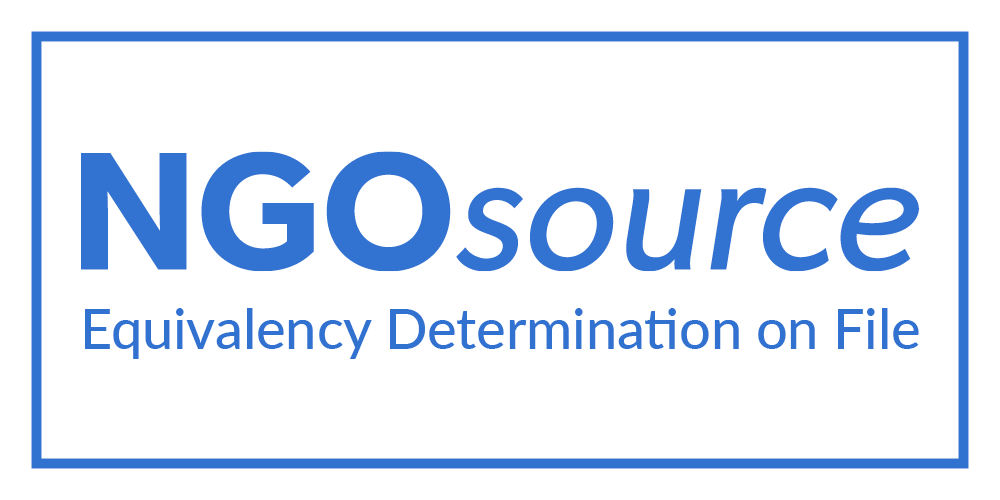Planning Council Rejects Objections filed against Master Plan for Beer Sheva; Decision Paves the Way for Evacuation of Unrecognized Villages in the Naqab
25/06/2012
On 5 June 2012, the National Council for Planning and Building (NCPB) issued a decision in which it rejected objections filed by Arab Bedouin citizens of Israel, residents of the unrecognized village of Atir-Umm el-Hiran in the Naqab (Negev), Adalah, and Bimkom to the Master Plan for Metropolitan Beer el-Sabe (Beer Sheva). According to the Master Plan, the 1,000 residents of Atir-Umm el-Hiran will be evacuated and their homes demolished, and Israeli Jewish towns established on their ruins. Adalah Attorney Suhad Bishara and urban planner Hanna Hamdan, in cooperation with Bimkom urban planner Cesar Yehudkin, submitted the objections.(Beer el-Sabe, Israel) On 5 June 2012, the National Council for Planning and Building (NCPB) issued a decision in which it rejected objections filed by Arab Bedouin citizens of Israel, residents of the unrecognized village of Atir-Umm el-Hiran in the Naqab (Negev), Adalah, and Bimkom to the Master Plan for Metropolitan Beer el-Sabe (Beer Sheva). According to the Master Plan, the 1,000 residents of Atir-Umm el-Hiran will be evacuated and their homes demolished, and Israeli Jewish towns established on their ruins. Adalah Attorney Suhad Bishara and urban planner Hanna Hamdan, in cooperation with Bimkom urban planner Cesar Yehudkin, submitted the objections.
Adalah submitted two separate objections to the Metropolitan Plan of Beer el-Sabe. In October and November 2007, Adalah filed the first objection in cooperation with Bimkom, in the name of Atir, and the second on behalf of residents of Atir-Umm el-Hiran. The objection submitted in the name of 82 individuals representing the families of Atir-Umm el Hiran demanded recognition of Atir-Umm el-Hiran and the preparation of a development plan for the village to serve its residents. The objection argued that the proposed Master Plan does not provide appropriate living solutions for the Arab Bedouin living in the Naqab generally, but especially for the residents of Atir-Umm el-Hiran. The plan precludes any possibility for the recognition of the village or organized planning in its current location.
Adalah also submitted a general objection to the master plan for Metropolitan Beer el-Sabe on the grounds that it violates the rights of all of the Arab Bedouin living in the unrecognized villages. Adalah argued in the objection that the plan completely disregards facts on the ground and ignores the pressing development needs of the Arab Bedouin community, as can be seen in the wide gap between Arab and Jewish areas. Adalah emphasized that despite the plan’s stated goal to develop the unrecognized villages in the Naqab, it disregards the problem. The plan lays out the establishment of new Jewish towns, some near or on the locations of unrecognized villages. Thus, the plan will only serve to deepen the existing spatial and social gaps between Arab and Jewish citizens of Israel living in the Naqab.
For more information, see: English Excerpts from Adalah’s objection to “Partial Regional Master Plan” for the Be’er Sheva Metropolitan Area, Master Plan 14/4, Amendment 23 and English Excerpts from the oral response of the planning authorities to Adalah’s objection to “Partial Regional Master Plan”, delivered at a hearing held on 2 July 2008, available in MAKAN, Adalah’s Journal for Land, Planning and Justice, Volume 2, 2010, The Right to a Spatial Narrative.
(Beer el-Sabe, Israel) On 5 June 2012, the National Council for Planning and Building (NCPB) issued a decision in which it rejected objections filed by Arab Bedouin citizens of Israel, residents of the unrecognized village of Atir-Umm el-Hiran in the Naqab (Negev), Adalah, and Bimkom to the Master Plan for Metropolitan Beer el-Sabe (Beer Sheva). According to the Master Plan, the 1,000 residents of Atir-Umm el-Hiran will be evacuated and their homes demolished, and Israeli Jewish towns established on their ruins. Adalah Attorney Suhad Bishara and urban planner Hanna Hamdan, in cooperation with Bimkom urban planner Cesar Yehudkin, submitted the objections.
Adalah submitted two separate objections to the Metropolitan Plan of Beer el-Sabe. In October and November 2007, Adalah filed the first objection in cooperation with Bimkom, in the name of Atir, and the second on behalf of residents of Atir-Umm el-Hiran. The objection submitted in the name of 82 individuals representing the families of Atir-Umm el Hiran demanded recognition of Atir-Umm el-Hiran and the preparation of a development plan for the village to serve its residents. The objection argued that the proposed Master Plan does not provide appropriate living solutions for the Arab Bedouin living in the Naqab generally, but especially for the residents of Atir-Umm el-Hiran. The plan precludes any possibility for the recognition of the village or organized planning in its current location.
Adalah also submitted a general objection to the master plan for Metropolitan Beer el-Sabe on the grounds that it violates the rights of all of the Arab Bedouin living in the unrecognized villages. Adalah argued in the objection that the plan completely disregards facts on the ground and ignores the pressing development needs of the Arab Bedouin community, as can be seen in the wide gap between Arab and Jewish areas. Adalah emphasized that despite the plan’s stated goal to develop the unrecognized villages in the Naqab, it disregards the problem. The plan lays out the establishment of new Jewish towns, some near or on the locations of unrecognized villages. Thus, the plan will only serve to deepen the existing spatial and social gaps between Arab and Jewish citizens of Israel living in the Naqab.
For more information, see: English Excerpts from Adalah’s objection to “Partial Regional Master Plan” for the Be’er Sheva Metropolitan Area, Master Plan 14/4, Amendment 23 and English Excerpts from the oral response of the planning authorities to Adalah’s objection to “Partial Regional Master Plan”, delivered at a hearing held on 2 July 2008, available in MAKAN, Adalah’s Journal for Land, Planning and Justice, Volume 2, 2010, The Right to a Spatial Narrative.











